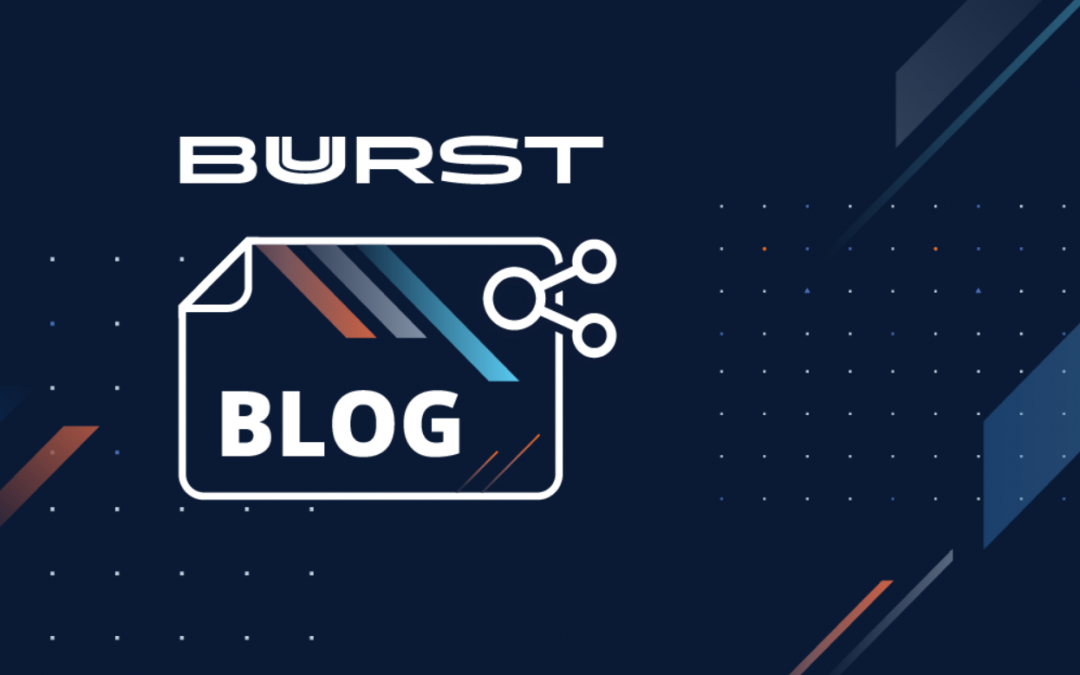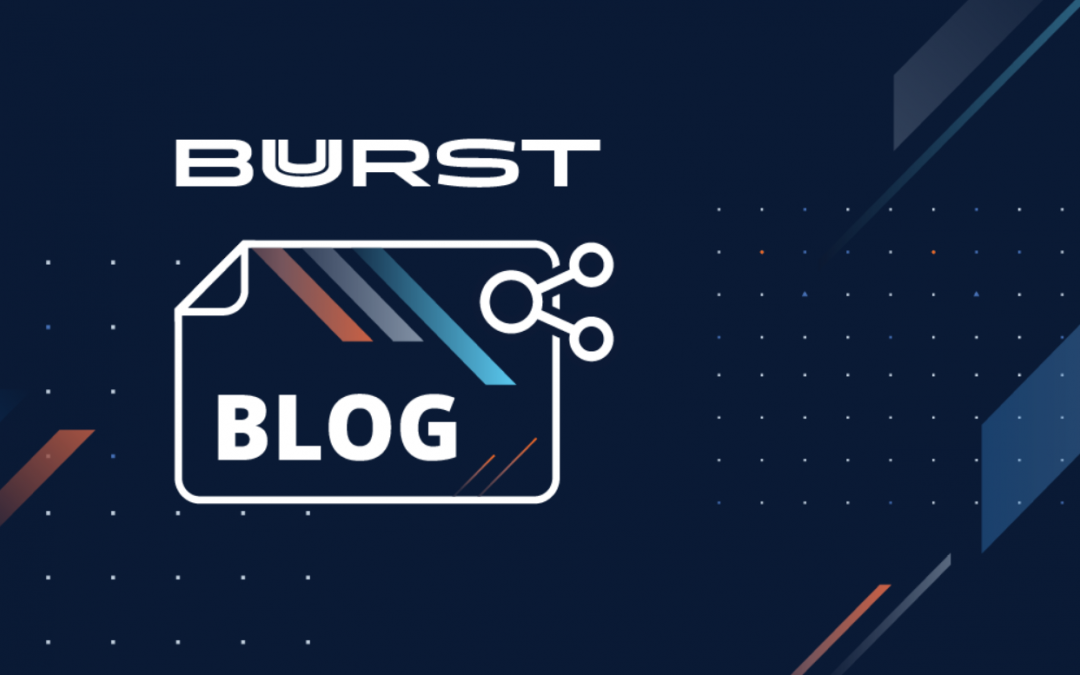
SoftNAS Now Available on CenturyLink Cloud Marketplace
Today, SoftNAS announced SoftNAS for CenturyLink. This integration allows customers of the CenturyLink Cloud platform faster backup and archival, expanded platform support and the ability to extend storage investments and shared file storage for VMware VSAN.
The SoftNAS provides access for CenturyLink Cloud customers to a complete software-defined solution for on-premise, hybrid and public cloud storage to manage the costly expenses around backing up expansive data and the time required to archive older data. Local caching and S3 object storage connectivity make SoftNAS ideal for enterprises, SMBs and departments using on-premise storage and for service providers offering hybrid cloud services, such as backup and archival solutions.
{Video has been retired.}
In addition to providing gateway capabilities, SoftNAS surpasses the singular gateway concept by combining three key components:
- Access to on-premise and private cloud storage, including SAN, VSAN and S3-compatible object storage
- Access to public cloud storage, including block and S3-compatible object storage
- A unified shared file system with NAS filer features accessed via NFS and CIFS/SMB
To learn more about SoftNAS for CenturyLink Cloud, please click below:
Setting up SoftNAS on Century Link


